Major Thomas Weir - the Edinburgh man who admitted to witchcraft
This article contains affiliate links. We may earn a small commission on items purchased through this article, but that does not affect our editorial judgement.
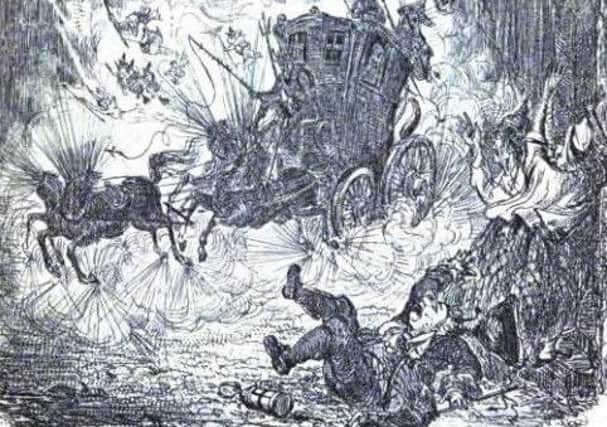

While most of the witches who were tried and executed were brought to the attention of the kirk sessions and courts following accusations made by neighbours or relatives, and most of the confessions resulted from questioning and sometimes physical pressure, Major Weir’s confession was entirely voluntary, unprompted and, given his reputation in the part of Edinburgh where he lived, completely unexpected.
At the time of his confession in 1670, Major Weir was living in a rented house in the West Bow, a street leading down to the Grassmarket in Edinburgh. He shared his house with his unmarried sister, Grizel. He was a retired soldier, fiercely anti-Catholic and anti-Royalist, and was described as a serious man ‘of grim countenance’, always dressed in black.
Wherever he went, he carried a black staff.
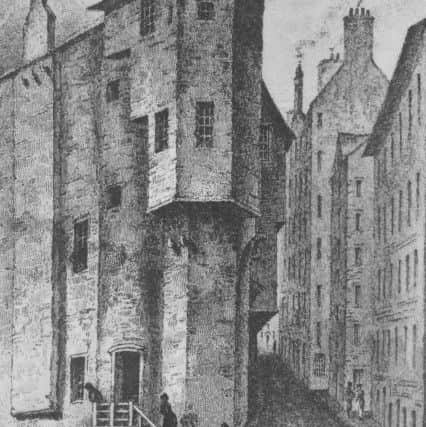

Advertisement
Hide AdAdvertisement
Hide AdA member of a strict Presbyterian sect, he seemed to live a particularly pious life and was held in high esteem by other members of the church.
He held frequent prayer meetings in his own home, leading the prayers with a fervour that was quite inspirational. He appears to have been a figure who was held in considerable awe in the community. It was only after his own confession that stories about strange behaviour of the good Major started to reach the ears of the authorities.
Confession
Weir’s confession came quite out of the blue.
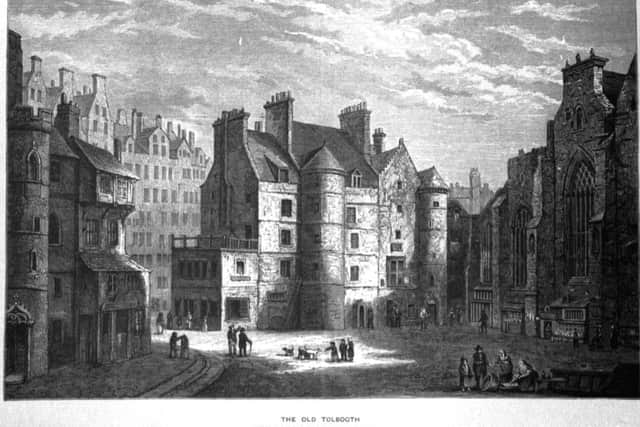

He was attending a religious service when he suddenly stood up and started to accuse himself of being in the service of the Devil.
The first reaction of the other members of the congregation was disbelief. The major was clearly quite ill. Something had caused him to lose his senses; ‘Angelic’ Thomas, as he was known amongst them, was raving like a madman.
Members of the church tried to reason with him, to calm him down, but Weir was implacable.
Weir persisted with his claims, and medical service was sought.
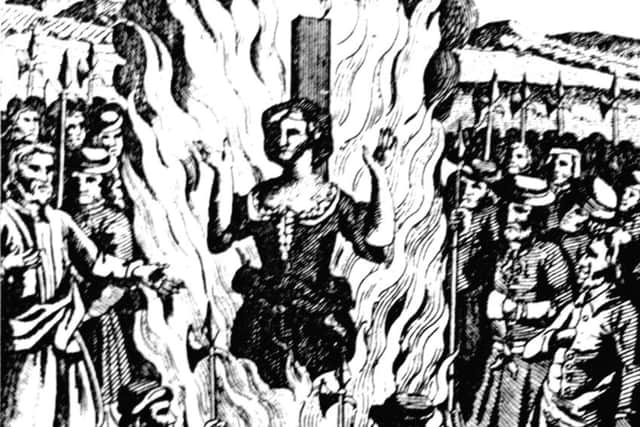

Doctors declared him to be mentally disturbed. The authorities were initially very reluctant to prosecute him. However, he remained absolutely insistent that he was guilty of terrible sins, for which he was not seeking any sort of pardon, and at length he was imprisoned in the Tolbooth while further investigations were made.
Sister
Advertisement
Hide AdAdvertisement
Hide AdHe had implicated his sister Grizel in his crimes, and she too was arrested. Much to the surprise of all concerned, Grizel corroborated her brother’s stories. Major Weir’s black staff was taken from him, for they claimed that he had been given it by none other than the Devil himself, and it was an instrument of terrible power.
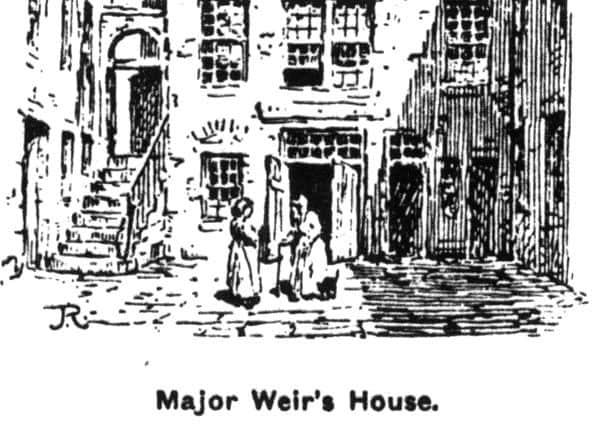

Weir’s confession detailed, amongst other things, an incestuous relationship with Grizel, and various other unnatural sexual practices. Grizel confirmed that what he said was true.
Grizel, the quiet spinster sister, was transformed by her brother’s and her own confession into Grizel the necromancer, with the ability to spin yarn at unnatural speed, yarn which would break the moment anyone tried to weave with it.
Grizel proudly showed off a mark on her forehead, in the shape of a horseshoe, which appeared when she frowned. It was the mark given to her by the Devil, she said.
She confessed that much of what she and Thomas knew had been learned from their mother, who had been a witch. She also told of a dark stranger taking herself and the Major to Dalkeith in a fiery coach.
Trial
There was no alternative but to take Major Weir and Grizel to trial but rather than charge the former pillar of the church with witchcraft (in spite of Weir’s willing admission that he practised the black arts), the church authorities chose, in what may have been a face-saving exercise, to charge both brother and sister with unnatural sexual practices.


Throughout his trial both Weir and his sister remained unrepentant. Guilty was the only possible verdict.
Advertisement
Hide AdAdvertisement
Hide AdThe Major was to be strangled and burnt. Both remained defiant until death.
Gruesome death
As the rope was tightened around his neck, the Major is said to have refused to ask for God’s mercy. His staff was thrown into the flames beside its master.
Both are said to have taken an exceptionally long time to burn, and witnesses claimed to have seen the staff twisting and jumping as the flames crackled around it.
Grizel’s hanging was no less dramatic. As preparation were made to end her life on the scaffold, she tried desperately to remove all her clothes in front of the assembled crowds in a last defiant affront to decency.
Aftermath
After the initial shock of the arrests and executions had died down, more stories began to spread about Thomas and Grizel’s life.
People who lived in the area of West Bow where the brother and sister had stayed said there had been some strange goings on at their house. There were lights and noises in the building at odd hours in the night, the figure of a female, twice the height of a normal woman, appearing outside, laughing maniacally and terrifying passers-by, torch-bearing fiends shrieking and roaring in the streets nearby.
Advertisement
Hide AdAdvertisement
Hide AdThe Major’s staff was said to have been able to run errands for him, to answer the door, and to move down the street independently of its master as he walked from place to place.
Such was the notoriety of the case that Major Weir and his sister lived on in the imaginations of the people of Edinburgh for years to come. Their house (long since gone) became a place of fear, reputed to be haunted. It lay empty for many years before anyone could be persuaded to live in it again.
Strange sights, fearul sounds and malevolent presences were reported in the area. It is only fair to say that Major Weir’s reputation as a warlock grew considerably after his death.
